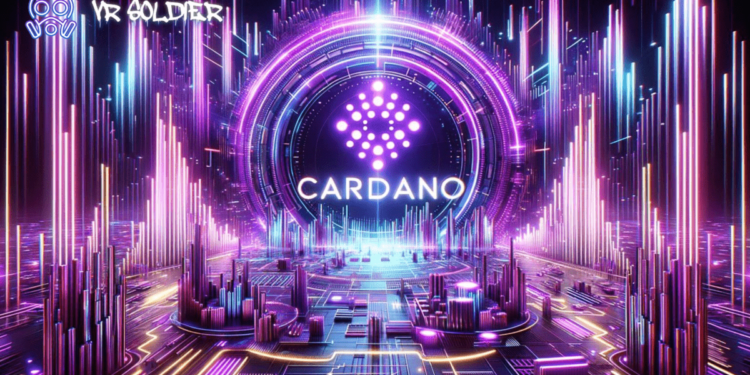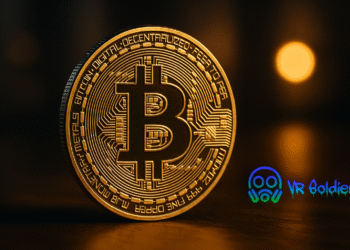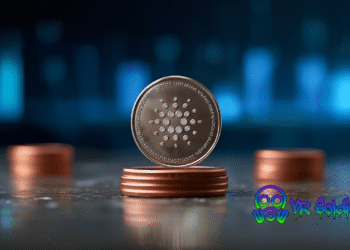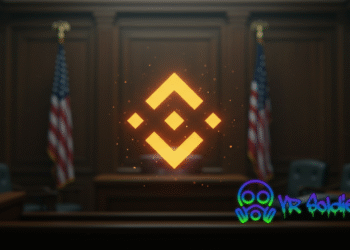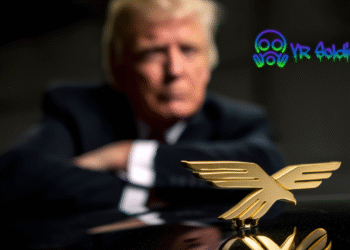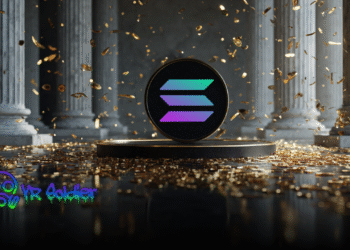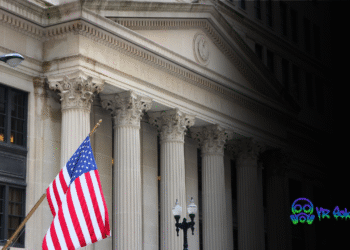The founder of Cardano, Charles Hoskinson, replied recently to parallels between ADA and Solana (SOL) price fluctuations in an open discussion with users on the X social media platform. The exchange highlighted Hoskinson’s response to Solana’s price surge surpassing $140.
Cardano Founder Speaks His Mind Amidst Comparison
The discourse initiated when a user, Jeremy, spotlighted Solana’s ascent reclaiming $140 and queried Hoskinson about ADA’s potential to reach $1. Charles Hoskinson reply included the notion that price appreciation correlates with authentic network value. The Cardano founder asserted, “Number ascends != robust ecosystem or genuine network value.”
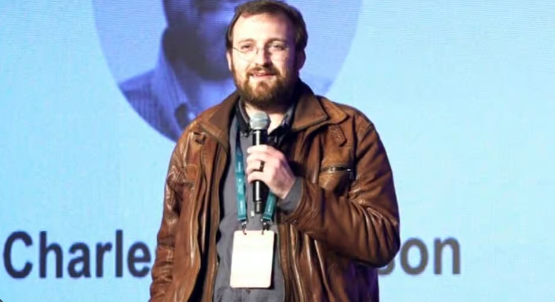
The statement underscores Hoskinson’s emphasis on enduring sustainability and the evolution of the resilient Cardano ecosystem over short-term price fluctuations. Additionally, Jeremy inquired about ADA’s price attaining a new all-time high (ATH) during the ongoing bull run.
However, the query remained unanswered by Hoskinson, leaving the community anticipating further insights from the ADA founder. At present, the Cardano price increased by 2.37% and traded at $0.7374, boasting a market cap of $26.19 billion on Thursday, March 7. Nevertheless, ADA witnessed a 56.25% drop in 24-hour trading volume, reaching $943.90 million.
On the other hand, the Solana price surged by 13.59% to $146.60, carrying a market valuation of $64.92 billion, further fueling such comparisons. Nonetheless, it’s vital to note that both Cardano and Solana have progressed approximately 54% in the past 30 days, diminishing queries regarding SOL outperforming ADA.
Charles Hoskinson Inquires About ADA’s Omission From Grayscale’s GDIF
Grayscale’s GDIF initial compilation encompasses assets from nine blockchains, including Aptos (APT), Celestia (TIA), Coinbase Staked Ethereum (CBETH), Cosmos (ATOM), Near (NEAR), Osmosis (OSMO), Polkadot (DOT), SEI Network (SEI), and Solana (SOL). The fund strives to distribute rewards in U.S. dollars quarterly, offering investors exposure to multi-asset staking through a single investment channel.
Join us tomorrow at 2200 UTC to discuss the recent collaboration of @RareEvo and @NFTxLV
with @IOHK_Charles
Come out, ask your questions, hang-out, and enjoy a great time with the community!https://t.co/OFThuo05of pic.twitter.com/f8v5urrTdm
— Rare Evo: A Blockchain Event (@RareEvo) March 7, 2024
Nevertheless, Hoskinson expressed dissatisfaction over ADA’s exclusion from the GDIF. The Cardano founder responded to Grayscale’s GDIF announcement, stating, “No ADA?” This underscores the importance of Cardano’s staking mechanism in the blockchain ecosystem. Operating on a proof-of-stake consensus mechanism, Cardano distinguishes itself from Bitcoin’s proof-of-work model.
| Note: Proof-of-stake networks like Cardano enable token holders to stake their assets, supporting network operations and validating transactions. In return, stakers receive rewards, fortifying the network’s security and decentralization. Despite the popularity of Cardano’s staking option, Grayscale chose not to incorporate it into their pioneering crypto fund, GDIF. |
About ADA
Cardano is one of the most popular cryptocurrencies and ranks 8th in terms of market capitalization. The project is a decentralized public blockchain, the main goal of which is to protect user privacy, as well as easy modernization so that the system can quickly develop. Cardano is a multi-layer protocol; the settlement layer is responsible for computational functions, and the control layer runs smart contracts and enforces network requirements.
Similar to the Ethereum network, Cardano is being developed as a platform on which smart contracts and decentralized applications can be run. The project was launched in 2015 and opened to the public in 2017. It is based on the Ouroboros Proof-of-Stake algorithm. The Cardano platform runs a decentralized, open-source cryptocurrency (ADA) that can be used to send and receive digital funds.

